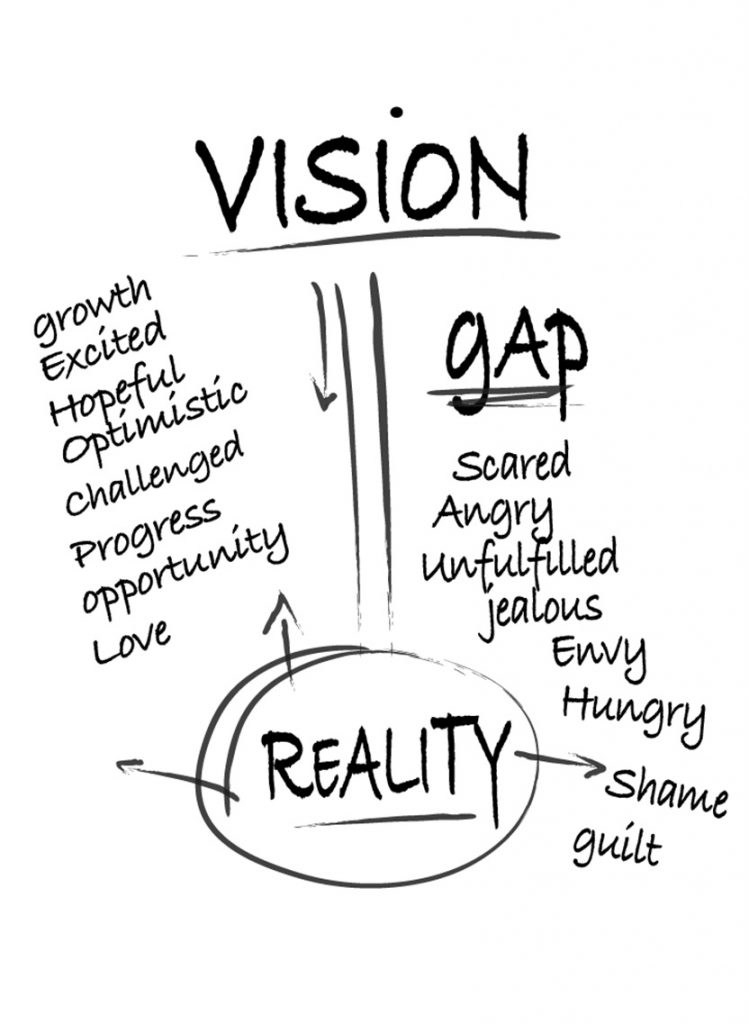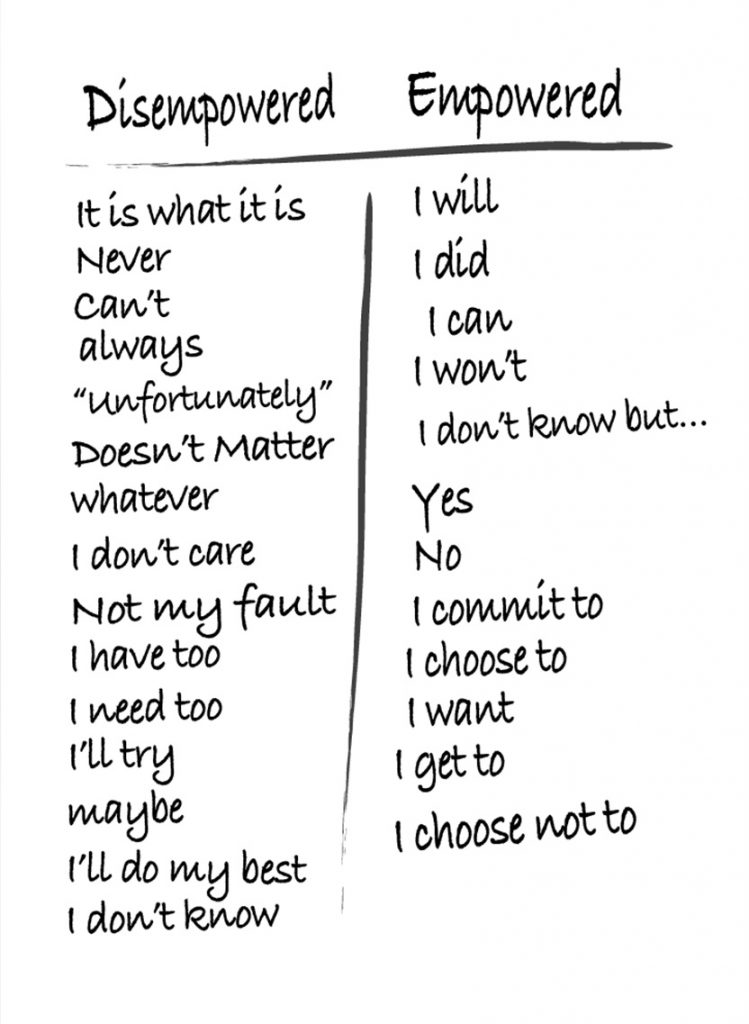3 key takeaways for building an entrepreneurial culture
The difference between a business that thrives and one that merely survives is often the company culture. Do you empower yourself and your employees to take risks? How do you foster an environment that encourages innovation and forward-thinking goals? Once you set goals, how do you incentivize yourself and your staff to continually work toward them?

An entrepreneurial company culture can turn your business into an all-star organization that prioritizes innovation, allows itself to take risks, and learns from failure. In this post, we’ll share three key takeaways about building an entrepreneurial culture that the SiteZeus team gained during our participation in a recent workshop by Novus Global.
Takeaway #1: The Intuitive Fence

The intuitive fence is a thought experiment designed to test the limits of our thinking. In this metaphor, the intuitive fence is the division between what we view as possible and impossible. Enclosed within the boundaries of the intuitive fence, the “yard” is what we define as realistic or possible. As we approach the fence, we venture towards our supposed limits.
In thinking about the intuitive fence, the goal is to extend our self-imposed boundaries, change our perceptions and possibilities, and demand a greater outcome. An entrepreneurial company culture encourages managers and their teams to work toward expanding the intuitive fence by continually re-evaluating limits and challenging each other to rethink what is possible.
Takeaway #2: Closing the gap between reality and vision

This insight challenges the way we set goals for ourselves and our company. Often, when people think about their goals, they can become overwhelmed thinking of the gap between their current circumstances and their desired outcomes. You can begin to close this gap by understanding the emotions behind it.
When people feel fear, anger, jealousy or other negative emotions, it keeps them focused on attitudes or behaviors that hinder growth, for themselves and for the company. An entrepreneurial culture combats this by fostering an environment that encourages new ideas, accepts and allows failure to be a part of growth, and values the contributions of every member of the team. This creates an atmosphere of innovation and open communication, which shortens the gap and helps achieve the new vision faster.
Takeaway #3: Changing the culture through attitude and language

Attitude and drive play a vital role in building and maintaining your desired company culture. One method you can use to foster an environment of empowerment and intention is to change the words you use on a regular basis. Work to eliminate phrases like, “I’ll try” and “It is what it is,” as they tend to imply powerlessness and weakness. Instead, use empowered phrases like “I will” and “I commit to.” We here at SiteZeus are already seeing a positive change from adopting this principle. As a team, we made a list of disempowered words that we committed to use less often, and an alternate set of empowered words that we would use instead. This has led to an increased sense of accountability, better output and more job satisfaction for our team members.
We’d like to leave you with this closing thought from one of our Co-CEO’s, Keenan Baldwin:
At SiteZeus, we’re committed to helping companies—whether franchisees, franchisors, or fellow AI companies—push the limits of what’s possible to grow their organizations and our industry. We believe that building a culture that supports innovation and entrepreneurial thinking helps us to deliver more value for our clients. By sharing our takeaways from our training with Novus Global, we hope you’ll be able to capitalize on what we’ve learned to enrich your company’s culture and take your outcomes to the next level.”
Recommended Posts

